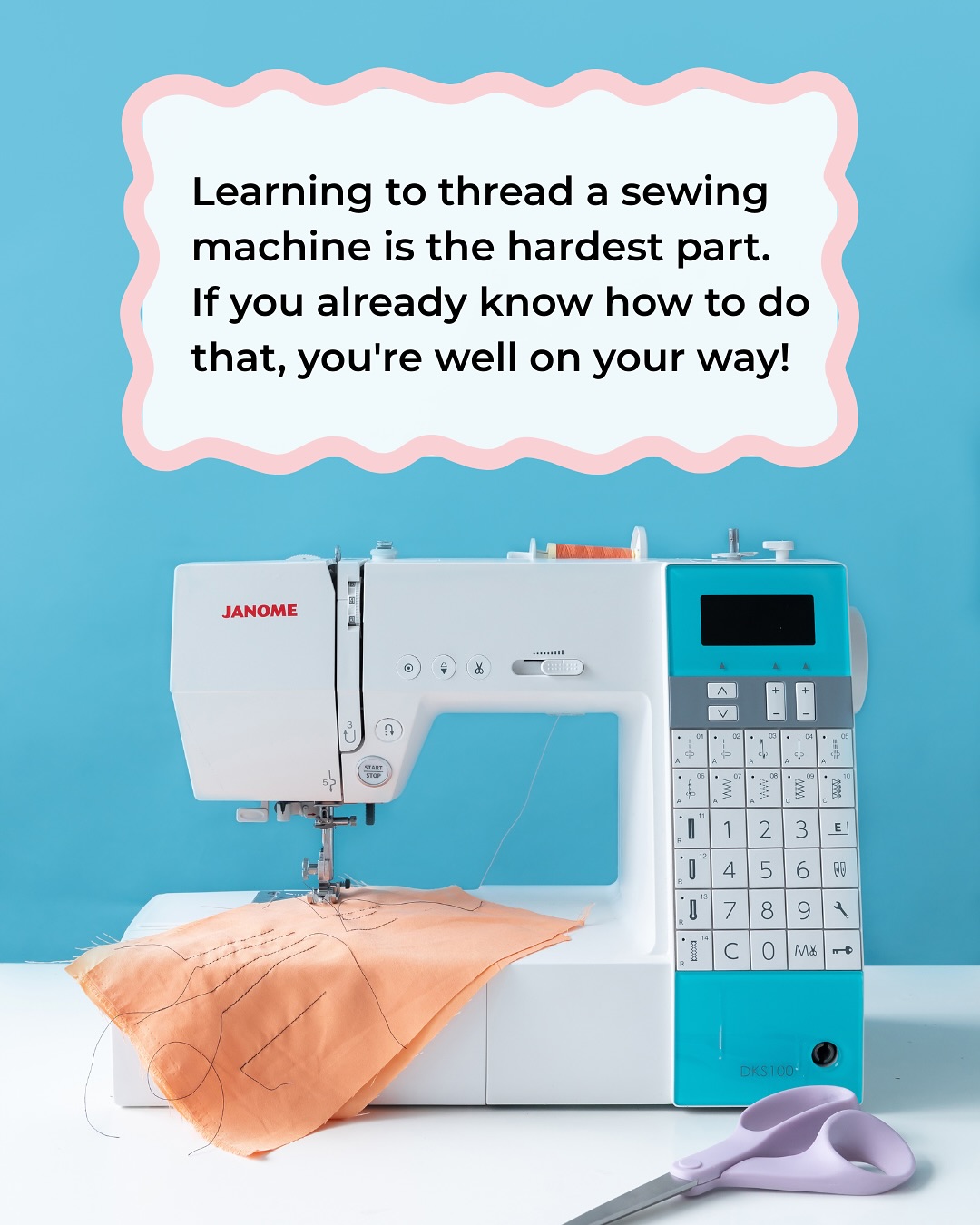How to Mend and Alter Your Clothes

Taking care of your own clothes saves money, cuts down on waste and keeps favourites in rotation for longer. Mending and altering can sound daunting, but you don’t need fancy skills or a sewing machine to get started.
Most repairs and changes can be done with a needle, thread and a bit of patience. Here’s a step-by-step guide to help you look after your clothes and get more wear out of everything you own.
Only buy used clothing from charity shops that don’t test on animals. Also read our post on removing stains, naturally.
Gather Basic Sewing Tools
Every home wardrobe fix starts with the right tools. At minimum, you’ll need needles, thread in different colours, scissors, pins, a tape measure, and a seam ripper.
A small sewing kit covers most repairs, but you can add extras like a thimble or tailor’s chalk as you go. Sturdy tools make your work faster and easier, so choose ones that feel comfortable in your hands.
Use organic cotton sewing thread and organic cotton fabric. If sewing with upcycled polyester, launder in a microfibre filter. Keep sewing materials away from children and pets.
Repair What You Wear has free online guides to help mend tears, replace zippers, darn holes in socks, patch elbows on jumpers and sew on missing buttons.
Steamery Sewing Kit is sold in a roll case and contains scissors, a seam ripper, fabric pen and threads, sewing pins and needles, safety pins, a metal thimble, measuring tape, quick patches, buttons and a needle threader.
Fixing Loose Buttons
A loose button is one of the simplest repairs to tackle. Keep spare buttons that come with new clothes, and use a needle and matching thread to reattach any that look like they’ll fall off.
Thread your needle, knot the end and sew through the holes several times, making sure the button sits tight but has a little wiggle room for fastening. Finish with a knot on the inside, then snip off any extra thread. With a few minutes’ work, your shirt or coat goes right back into service.
Keep loose buttons away from children and pets.
Repairing Small Holes and Tears
Small holes in jumpers, tees or socks don’t need to mean the end. For knits, use a darning needle and matching yarn to weave across the gap, pulling the edges together. In woven fabrics, turn the item inside out, pinch the hole closed and stitch along the edge with a whipstitch or backstitch.
The key is to use short, close stitches, pulling gently so you don’t gather the fabric. This method works best if you catch holes before they spread.
Adjusting Trouser Hems
If trousers are too long and drag on the ground, they’ll wear out quickly. To shorten them, fold the hem up inside to the right length, pin in place and try them on to check. Then press with an iron, remove the pins and sew a straight line with a needle and matching thread, about half a centimetre from the new edge.
Double-stitch at the sides for strength. For a temporary fix, fabric tape or iron-on adhesive strips work well, though sewing lasts longer.
Taking in or Letting Out Seams

If a shirt or dress feels a bit too baggy, you can take it in to improve the fit. Turn the garment inside out, put it on and pin along the seams where you want it smaller. Mark the new seam with chalk or fabric marker, then sew along this line.
For letting out clothes, unpick the old seam carefully with a seam ripper and see how much extra fabric is available. The extra room can make something comfortable again, especially around the waist or hips.
Patching Knees and Elbows
Knees and elbows see a lot of wear, especially on kids’ clothes or work shirts. Use fabric patches, which you can buy or cut from old clothes, to cover up worn areas. For jeans or heavier materials, iron-on patches are quick and strong.
For lighter fabrics, sew the patch over the hole with a zigzag stitch by hand, making sure to catch all the edges so the patch doesn’t curl up. Choose a patch in a matching colour for a subtle look, or go bold with a contrast.
Replacing Broken Zips
A broken zip can make a jacket or jeans unwearable. Buy a replacement zip of the same length and colour. Remove the old one by carefully unpicking the seam. Pin the new zip in place, checking it sits straight, then hand-sew or use a sewing machine to attach one side at a time.
Take care to keep your stitches close to the zip teeth but don’t sew over them. Strong thread works best to hold it all together.
Tightening Loose Waistbands
Jeans, skirts or trousers with loose waistbands can often be saved. For elastic waistbands, check if the elastic is stretched out or just loose in the casing.
If stretched, replace with new elastic by cutting a small hole inside the waistband, threading in new elastic with a safety pin, then sewing the ends together and closing the gap. For fixed waistbands, you might need to sew a dart (a small tucked fold) at the back to pull in extra fabric.
Shortening Sleeves
Jumper or shirt sleeves that are too long can be a nuisance. To shorten, put on the item and fold the sleeves to the right length, then pin. Remove and use a ruler to check the hem is even, then cut off the extra fabric, leaving a centimetre or so.
Fold the raw edge under, pin and sew with small, even stitches. For jackets or anything lined, you might want to take it to a professional, but most casual tops are easy to alter at home.
Rescuing Stretched Necklines
Tops with stretched necklines don’t sit right and might slip off the shoulder. To tighten, thread a thin elastic through the inside of the neckband, using a safety pin to pull it around. Secure the elastic with a few stitches at the end.
This trick works well on T-shirts, jumpers and dresses and helps keep the shape for many more wears.
Refreshing Popped Seams
Seams can split open from wear or strain, but you can fix them with a few minutes and some thread. Press the seam flat, turn the garment inside out and sew just beside the original stitching, overlapping slightly at each end for strength.
Use a strong thread in a matching colour. Backstitch gives the best hold, especially on side seams or underarms.






